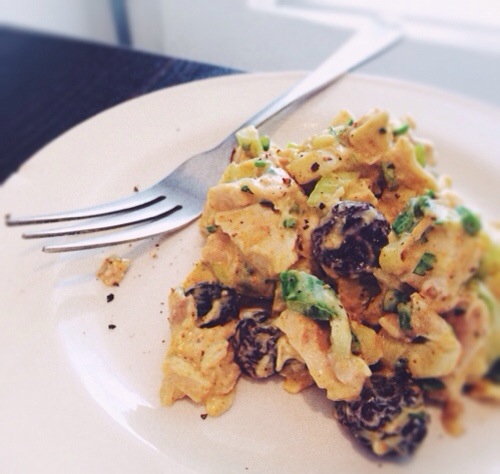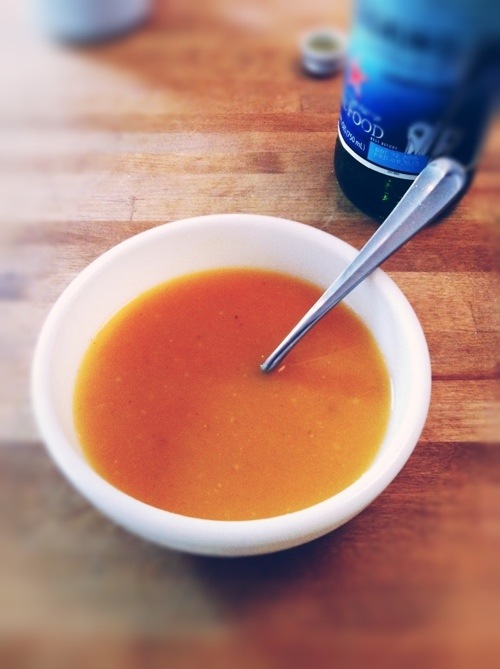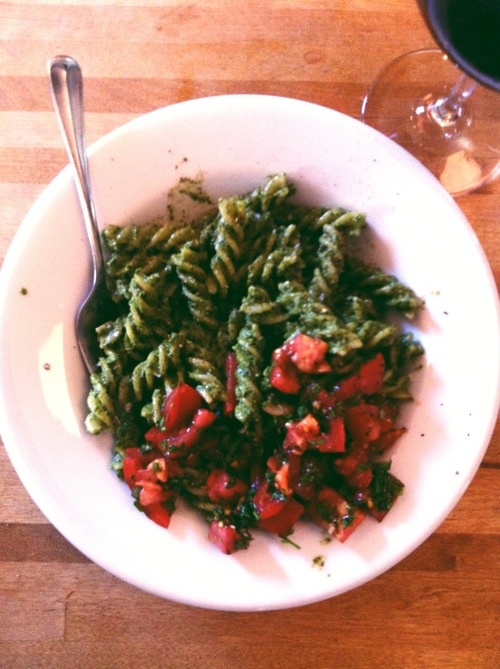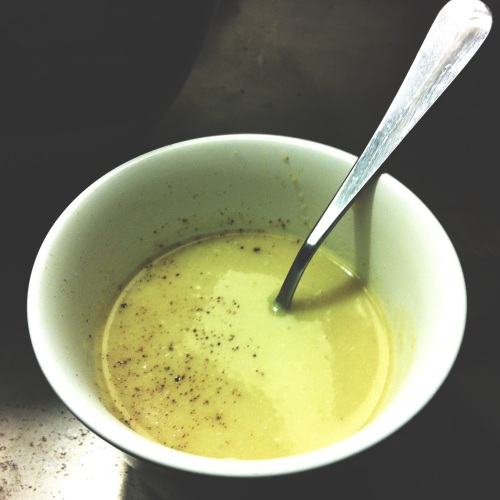
This was one of my favorite dishes growing up. I should have just asked my mother for the recipe, but instead tried to figure it out myself. Really, the invention is the source of my joy in cooking. So I looked at some recipes online. My daughter walked in and said “you’re using a recipe?!!” and walked out in disgust. Custards are tricky, however, and a recurring source of failure for me in the kitchen.
I think I got the proportion right, but I did not put any flour into the custard, which was my downfall. It just didn’t seem right, and many of the recipes I found did not add flour. ADD FLOUR. I’m going to give you the recipe I used, with the addition of the flour, then the recipe I got from my mother. So, one that was almost a success with a fix, and another that I didn’t test but was the recipe mom used when I was a kid– the source of my love for this dish. You can choose which to use. My recipe is much smaller, as I just cook for my daughter and myself. My mom’s recipe will feed at least 6 people.




Anaheim chiles are in season now. So don’t use whole chiles in a can [ok, maybe in a pinch], fire roast your own. They are readily available even at Safeway.
My mother gave me this wonderful grill that goes right over my gas burner, just for roasting peppers. I have also roasted them under a broiler, on a gas grill, and in a pinch in the old days, on the coils of an electric stovetop [they stick a little]. I love the smell of roasting chiles. If your neighbors smell it, they may think you’re smoking pot, but it will only add mystery and intrigue to your reputation in the neighborhood.
Char the chiles on all sides until they are black [I used 6 for this recipe]. Don’t do it too quickly, you don’t want to simply burn the skin, you want to partially cook the chiles. Turn them around and rearrange them on the fire until they are all roasted evenly. Transfer them to a plastic bag and tie it closed. You can also use a paper bag, and there are possibly harmful effects of heating plastic against your food, but it makes peeling much easier. Allow them to sit and steam in the bag. When they are almost cool, and leaving the bag closed, rub the skins off the peppers with your fingers through the bag. It seems odd at first, but it makes much less mess than taking them out and doing it by hand. When they are all skinned, open the bag and wipe off the skin debris with a towel. Don’t rinse them, and don’t feel the need to remove all of the black, charred skin; it adds to the flavor. Cut off the top of the chile, make a slit down once side, and scrape out the seeds [and if you like, trim out the ribs]. You can attempt to seed them without cutting the side, keeping them in tact, but it’s hard. Pasilla or ancho chiles that have a wider top and are shorter are easier to seed intact. These chiles are usually stuffed and fried or baked– so keeping them intact is more important.


I used 8 oz of goat’s milk Jack cheese. Half [4 oz.] I cut into 6 strips to stuff the chiles, the other half I shredded to put on top. Put a slice of cheese in each chile, fold it over, and place into a baking dish.


Make the custard: Beat together 1 1/2 cups of whole milk [I used 1 cup of lowfat milk and 1/2 cup of half and half], 3 large eggs, and a scant 1/4 cup flour [the step I regrettably omitted]. A higher fat content milk makes a better custard and one that is less likely to be watery. Add salt and pepper to taste. Pour the custard over the chiles, and sprinkle with the remaining, shredded cheese. This is not a lot of cheese, compared to other recipes, if you want to add more– go for it. Often cheddar is used in conjunction with Jack. The goat cheese was really good, perhaps a goat cheddar? I sprinkled some ancho chile powder and freshly ground black pepper on top. Bake in 350 degree oven until brown and puffy. Remove from oven and let sit for a few minutes before cutting.
My mother’s recipe is as follows [same assembly, just different amounts of ingredients]:
Use a 9: x 13″ pan.
18 chiles, seeded
1 lb. M. Jack cheese cut into 1″x3″x1/4″ strips to stuff into chiles
1/2 lb. Cheddar, grated
5 eggs
1 1/4 cup milk
1/4 cup flour
1/2 t salt; pepper to taste

























